Croatia is the backbone of the Balkan Peninsula and one of the great gems of the Mediterranean Basin, spanning from the glittering Adriatic Sea to the rocky Dinaric Alps, the thundering waterfalls of Krka in the south to the undulating borders with Slovenia, Italy, and Hungary in the north.
We go from Roman cities to alpine villages, from coastal resorts to glorious beaches, and from truffle-infused delicacies to Dalmatian history as we explore some of the best the Republic has to offer in terms of tourist locations.
Let’s go sightseeing in Croatia’s top attractions:
1. Pula
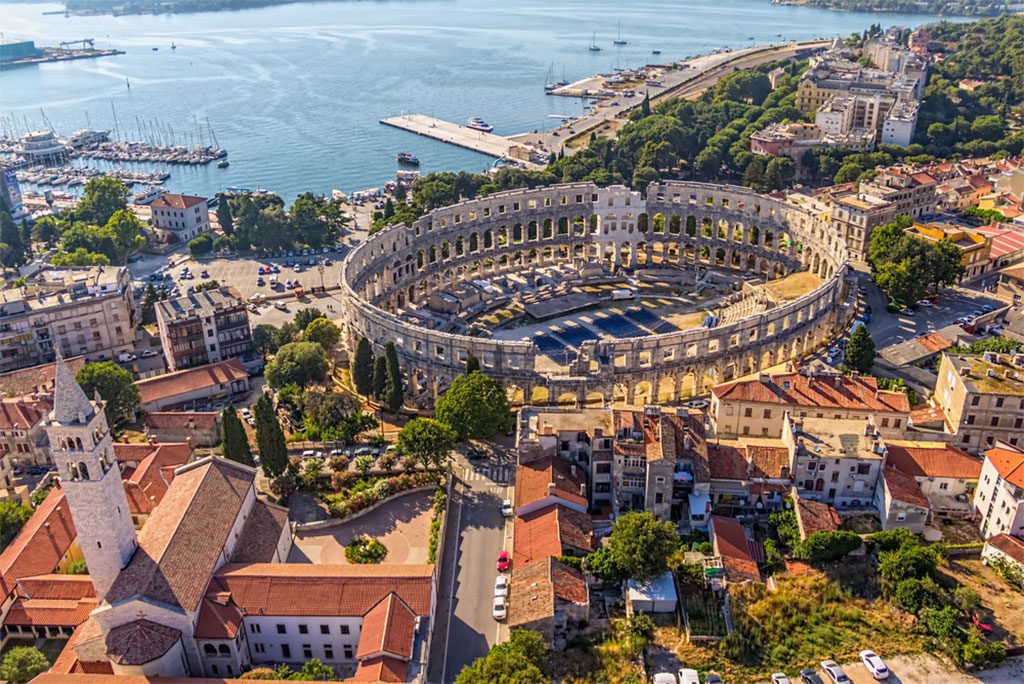
Pula, at the very tip of the Istrian Peninsula, shines like a diamond against the Adriatic’s azure waters, adorned with Roman marble. Augustus Caesar was instrumental in the city’s rise to prominence, and the massive amphitheatre that remains on the outskirts of the historic old town (probably the finest preserved Roman relic outside of Italy) was constructed under the reign of the Julio-Claudians. Beer bars and konobas (traditional Croatian restaurants) cluster around the city’s Forum in the 2,000-year-old centre, which is dotted with lovely Venetian architecture and remnants of Slavic and Byzantine control. The verdant terraces and secluded bays along the Verudela headland on the outskirts of town are postcard images of Croatia’s stunning Mediterranean coast.
2. Korcula Island
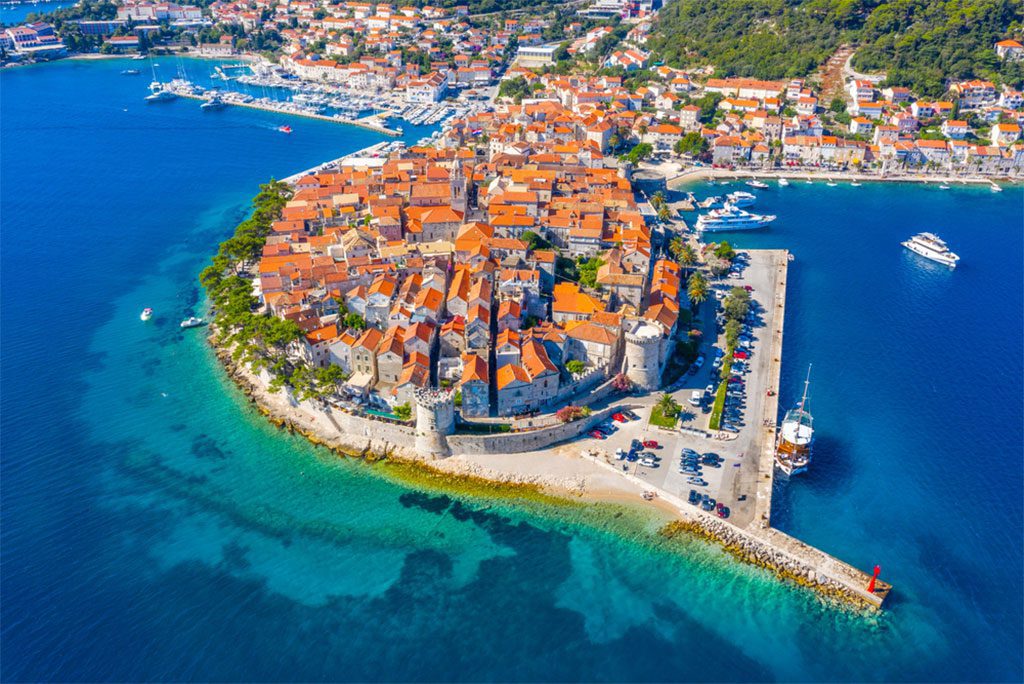
Tourists flock to this Adriatic island for one reason: to gawk at its picture-perfect old town, which sits on a cliff above the waves of the Mediterranean on the island’s eastern side and is replete with beautiful, winding lanes lined with mediaeval turrets and bulwarks. But if you go outside of this marble-clad magnet of a town, you’ll find a countryside worth writing about, complete with rolling woods of Spanish pine that cascade down to private coves of pearly white pebbles, where quaint fish eateries dot the coastal pathways and catamarans bob over the blue-green sea.
3. Dubrovnik
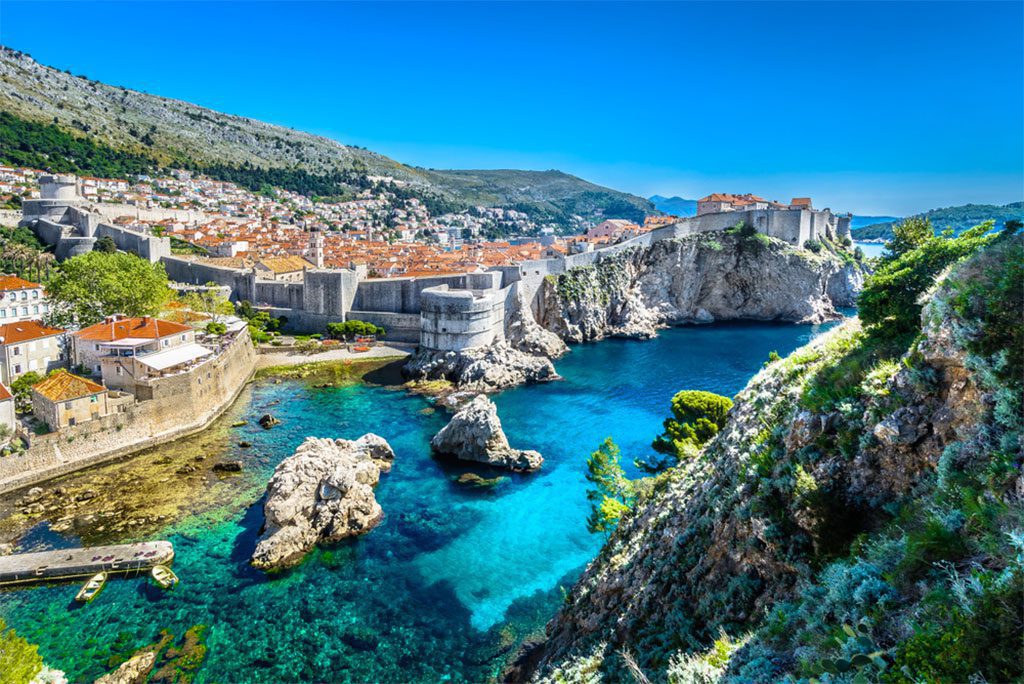
Many people consider Dubrovnik to be the most intriguing city in the whole country of Croatia. It rises between the half-baked limestone hills of the Dalmatian Coast and the pure blue of the Adriatic Sea. Sponza Palace, a Gothic palace, towers above the busy stores and cafés on Placa Stradun in the magnificent, UNESCO-recognized Old Town, where all the action takes place. Many visitors come to take tours of the city’s deteriorating fortifications, while others travel specifically to see locations featured in the hit HBO series Game of Thrones. In addition to sunbathing on Lapad Beach, visitors may take a ride on the famous Dubrovnik Cable Car for breathtaking views of the city and the coast.
4. Zagreb
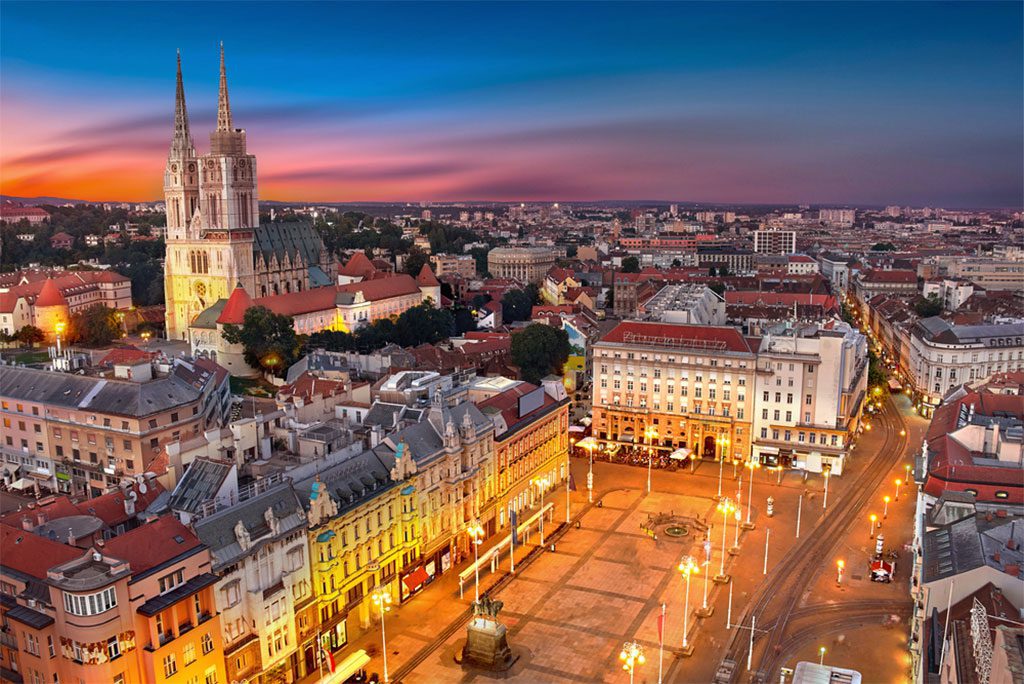
The capital of Croatia, located in the northern interior zone, far from the tourist hubs of the Dalmatian and Istrian shores, is Zagreb. Despite its long history, modern Zagreb was not established until the late 19th and early 20th centuries, when a renaissance of Illyrian neoclassicism and Slavic art gave the city’s historic core a wealth of magnificent municipal buildings and Baroque spires. The picturesque neighbourhood of Gornji Grad has lately been a favourite among visitors in search of intriguing churches and plazas crowded with local street performers during the summer. The student population brings its own brand of nightlife to Tkalciceva Street, which can be found in its many outdoor pubs every night of the week.
5. Rovinj
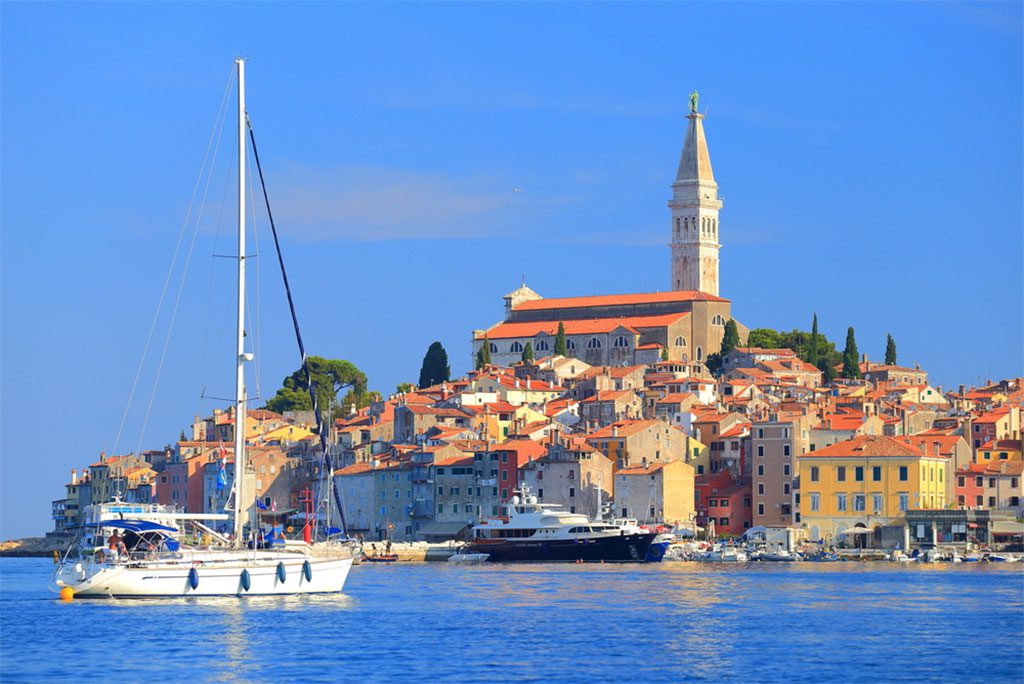
Rovinj, a town on the mountainous Istrian coast, is surrounded by the sea on three sides and protrudes into the ocean like a diamond, chiselled and polished by the Romans, Venetians, Franks, and Hapsburg Austrians. Pebbly stretches of beach and a sun-drenched boardwalk surround the beautiful historic core, where people like to relax in the warm summer months. There are many hidden squares, flapping laundry lines, scented pizzerias, and tight roads, but the needle-like spire of whitewashed St. Euphemia’s Basilica serves as the ideal compass point.
6. Hvar
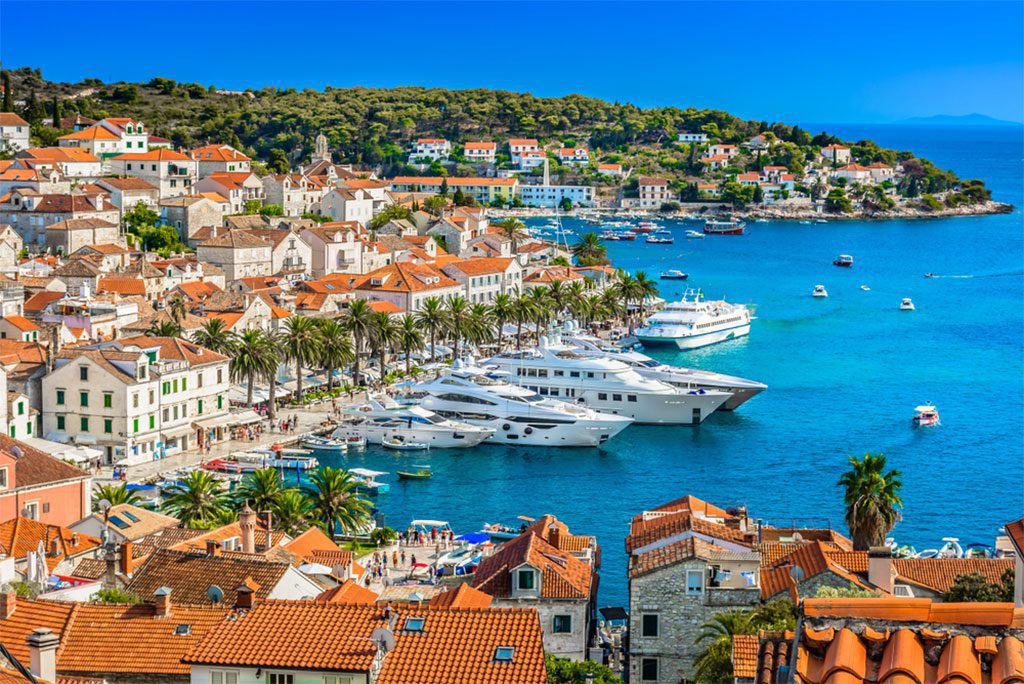
Hvar town, situated at the extremity of its namesake island off the Dalmatian Coast, makes a lot of noise thanks to its hedonistic population of students, Club Med types, and coffee-culture-obsessed residents. Yes, sir, this picturesque location has a sun-kissed harborside (called locally as the Riva) where cabana bars and open-air drinking places roar till the early hours next to bobbing luxury boats. Meanwhile, the Stari Grad’s meandering marble-stone alleyways have a plethora of upscale konobas serving mezze platters of Croatian olive oil with truffle pasta and other such delicacies. Even closer to the Pakleni Islands, where isolated coves and pine-shrouded roads provide the ultimate urban escape, are excellent hiking routes and beaches.
7. Mljet Island
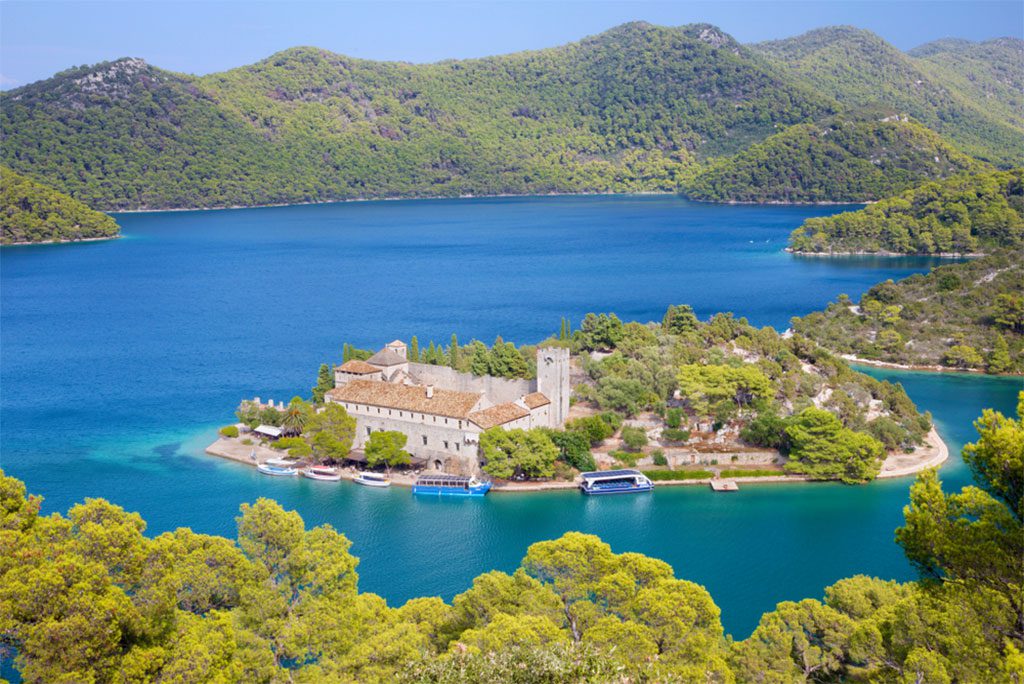
The island of Mljet in the Adriatic Sea continues to be the go-to destination for those in quest of the authentic Croatian coast because of its wild, rocky, and unspoiled nature. It’s covered in trees, steeped in Greek mythology (one legend has it that Odysseus hid away for six years in a cave on the south coast), and dotted with wineries where tanned people grow their own grapes among the pines. Mljet National Park, located at the island’s easternmost point, is undoubtedly the crown jewel, a gorgeous stretch of coastal woods punctuated by the Veliko and Malo salt lakes and crowned by a towering Benedictine monastery.
8. Plitvice National Park

The Plitvice lakes and the Plitvice National Park, which surrounds them, live up to all the hype. They were hewn from the limestone bluffs, chalk cliffs, and dolomite escarpments of central Croatia, where the steep Dinaric Alps rise to create the boundaries with Bosnia to the east. Visitors may watch them erupting and flowing in a succession of spectacular waterfalls from the many winding walking routes and boardwalks that have recently been built through green valleys covered with spruce, fir, beech, and hornbeam. Plitvice is one of the oldest national parks in Europe, and it is still home to wild wolf groups, brown bears from Croatia, wood grouses from interested visitors, and lynxes from the shadows.
9. Motovun
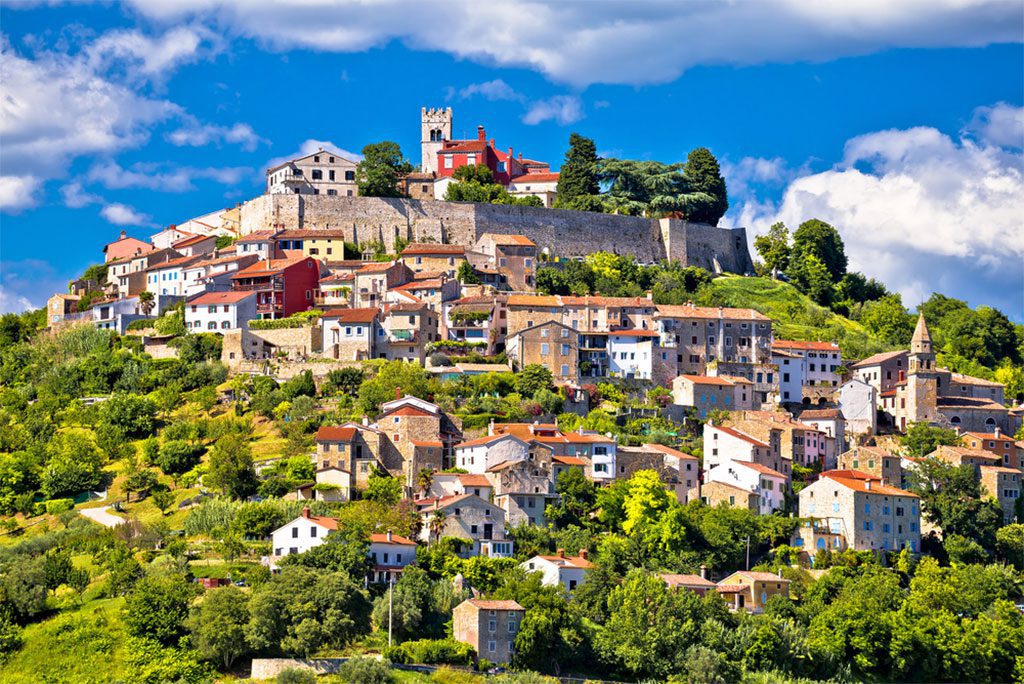
Motovun is undeniably one of the most beautiful settlements in Croatia, perched above the clouds as they drift down into the steep interior valleys of central Istria. Located on a hill in the form of a pyramid overlooking the Mirna River, this picturesque village is a harmonious blend of terracotta roofs and cobblestone alleys that give way to olive orchards and a forest rich in truffles (something this town is particularly famed for). Tourists visit now to enjoy the city’s historic Venetian bulwarks, get lost in the maze of wine cellars, and feast on some of the greatest pizza and pasta in the nation in the company of its hospitable, fluent Italian-speaking citizens.
10. Split
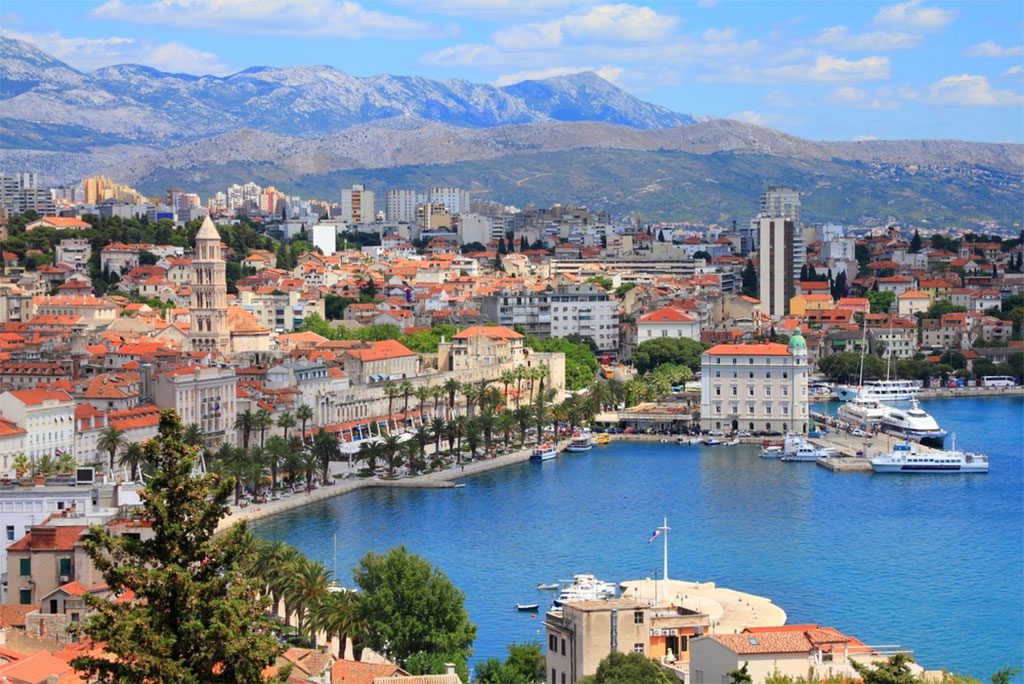
As the site of the iconic Diocletian’s Palace, a UNESCO World Heritage Site, Split is undeniably one of the most appealing cities in the nation. The city’s centre is occupied by Diocletian’s surviving 4th-century constructions, while more modern Gothic towers (and even an ancient Egyptian sphinx) are scattered around. The history continues beyond the surface as well, with arched underground chambers revealing the full scope of the ancient structure. However, Split is not only comprised of Roman artifacts. Of course not, not with the glitzy beach clubs and trendy cocktail lounges of the posh Riva promenade and Bacvice bay just outside the door.
11. Zadar
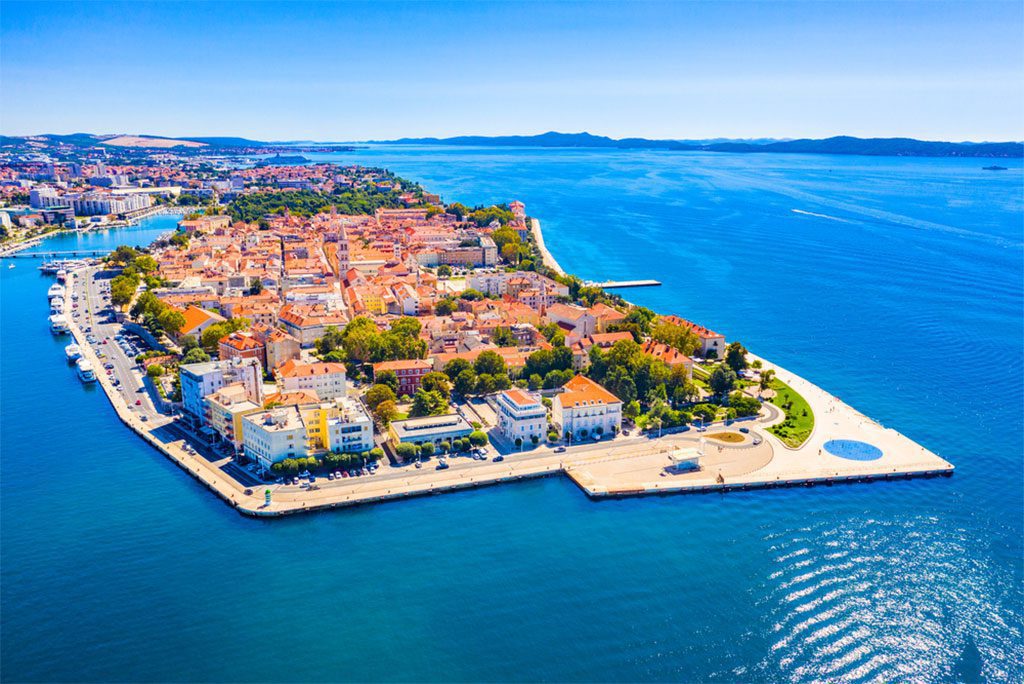
A sun-drenched Croatian resort town on the Adriatic, the capital of the popular Dalmatia region is all you’d hope for in a Mediterranean getaway. The city of Zadar is well-known for its interesting blend of ancient and modern architecture, as seen by the soaring Byzantine spires of St. Donat’s Church, which stands adjacent to the ruined remains of a Roman Forum and a maze of narrow streets lined with restaurants and cafés. Zadar’s proximity to the Mediterranean Sea is attractive, and the city’s so-called Sea Organ, created by architect-artist Nikola Basic, attracts visitors with its light displays and intriguing science.
12. Zagorje Region
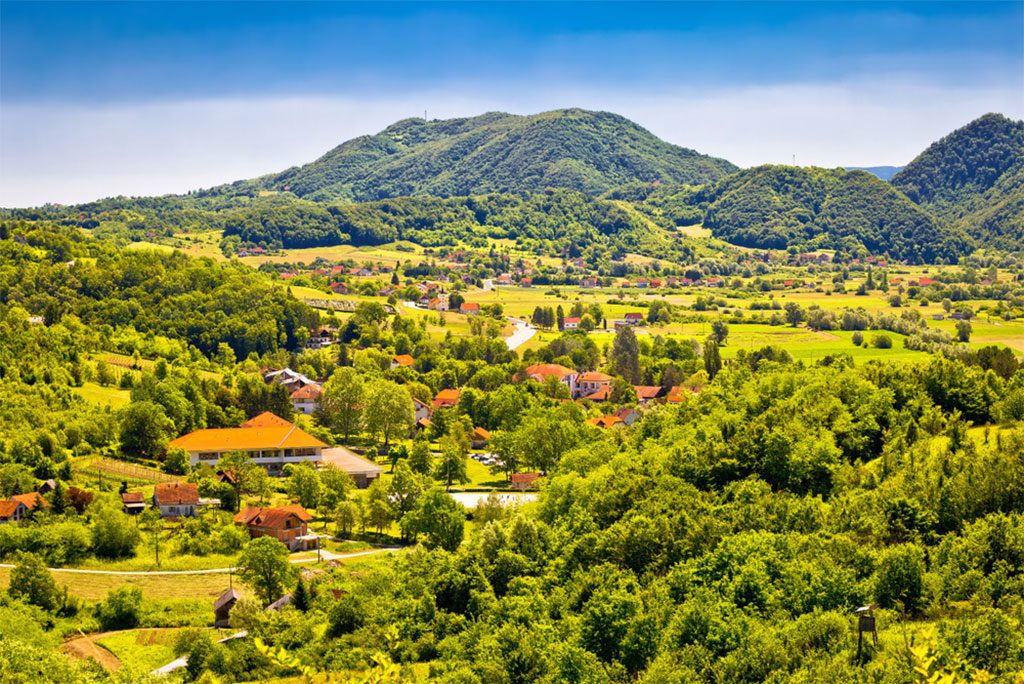
Off the beaten path Zagorje is a veritable gem in the rough in the Republic’s touristic line-up, despite being closer to the Slavic hinterlands of Slovenia and Hungary than the sun-kissed Croatian Riviera. This country of rolling hills and apparently endless agricultural fields is at once rustic, earthy, and authentic; it is loved passionately by the few who have the opportunity to visit. Baroque fortresses dot the landscape, and in places like Krapina, where regional languages are still widely spoken, the influence of Austria and Slovenia from farther north is clear. And, of course, there’s the wine, the making of which dates back to Roman times and which now fills the valleys from end to end with vines and cellar doors.
13. Krka National Park
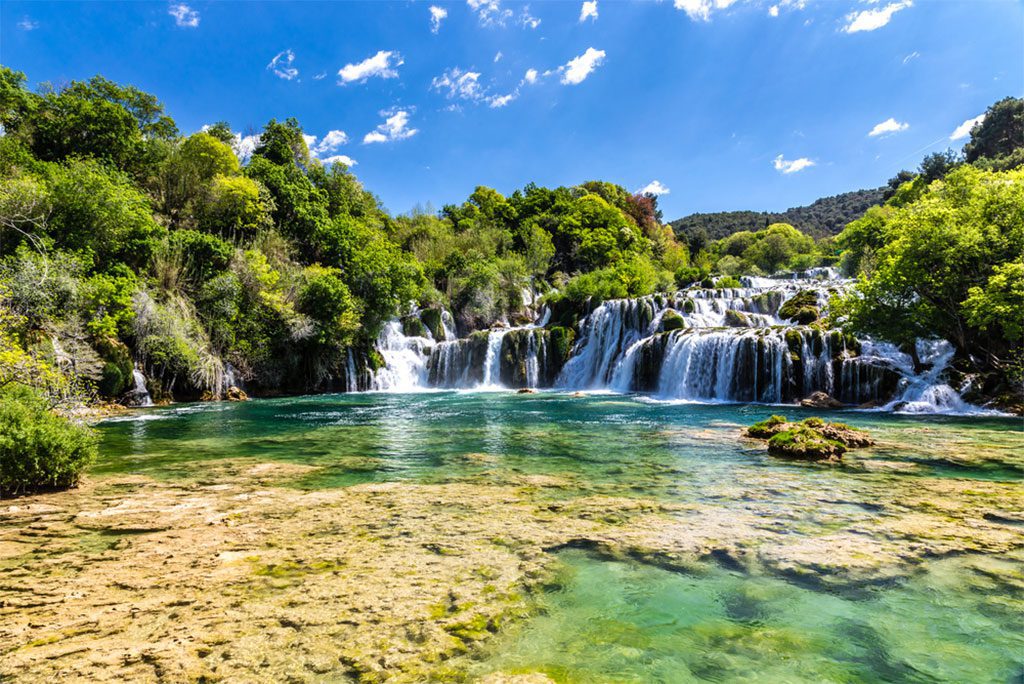
Krka, with its sparkling waterfalls and crashing lakes, might be seen as the southern equivalent of Plitvice. They extend from the Dinaric Alps, with their collapsing karsts and escarpments, to the ria of Skradinski, where the rivers’ brackish waters meet the Adriatic. As one might expect, the park’s primary draw is the series of waterfalls found throughout it; many of these are the result of centuries of hyper algae growth between the banks of the mineral-rich Krka River. However, the enchanting sight of the Visovac Monastery, which just pokes above the trees on an island in the middle of the mirror-like Visovac Lake, is also a major draw.
14. Rijeka

Aerial view of the city of Rijeka, Croatia Image source: xbrchx/Shutterstock.com
Nestled on the Istrian peninsula, Rijeka welcomes ships from across the Kvarner Gulf with its unique blend of blue-collar port life, exquisite Habsburg heritage, and the laid-back attitudes of coastal Croatia. Rijeka’s proximity to the sea and these important shipping lanes played a significant role in shaping the city as it is today. The city swung from Habsburg to Hungarian control over the course of several centuries, during which it amassed such magnificent architectural landmarks as the Governor’s Palace and the Rijeka Cathedral. More than a hundred thousand people go to the city every year for the Rijeka Carnival, which is held on the city’s main thoroughfare, Korzo Street, and features parades and unusual rituals.
15. Varazdin
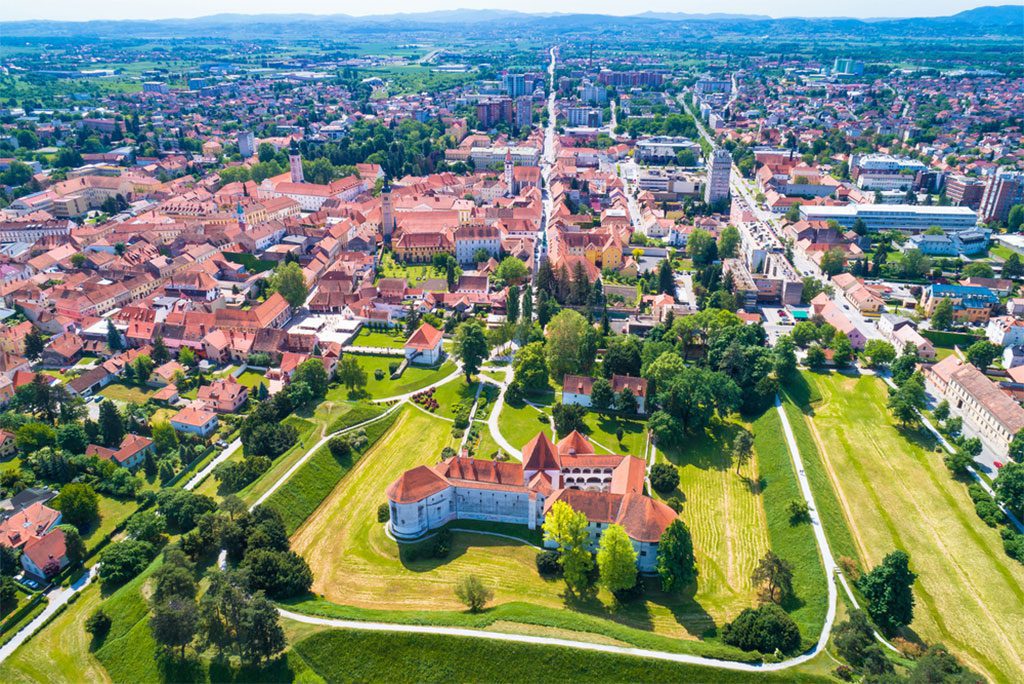
There’s no need to feel awkward if the name “Varazdin” is unfamiliar to you. Rarely have. This is despite the fact that it had served as the capital of Croatia and a royal Hungarian stronghold. But visitors to this remote city on Slovenia’s border will be rewarded with a wonderful experience. Some of Europe’s most beautiful and well-preserved Baroque towers and frontispieces can be found in the district of Stari Grad, which is also home to some excellent restaurants and beer halls serving traditional Austrian fare. Meanwhile, the whitewashed towers of Varazdin Castle conceal fascinating tales of mediaeval power struggles.


